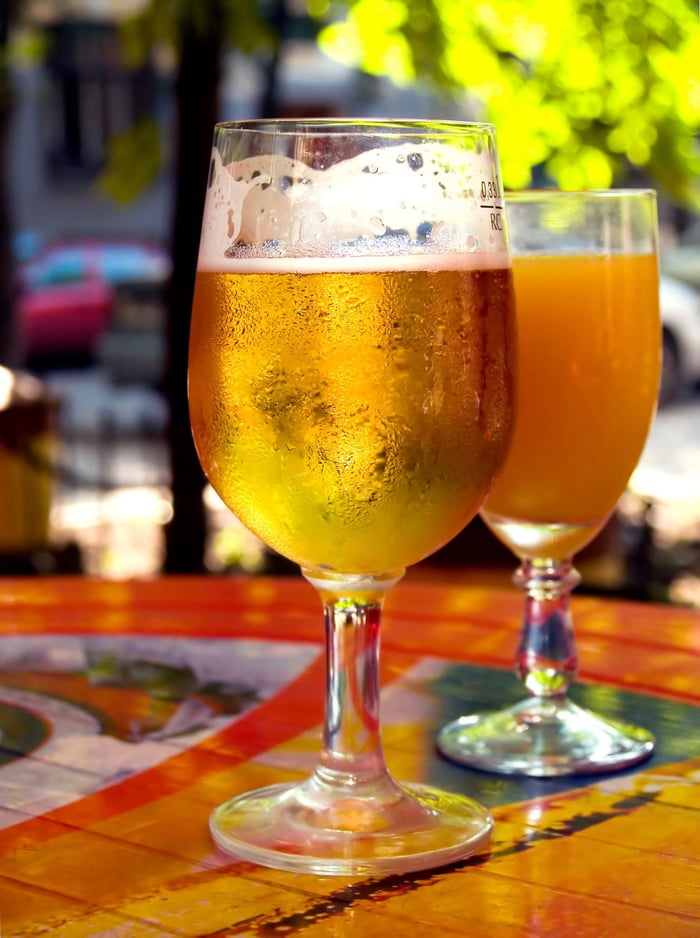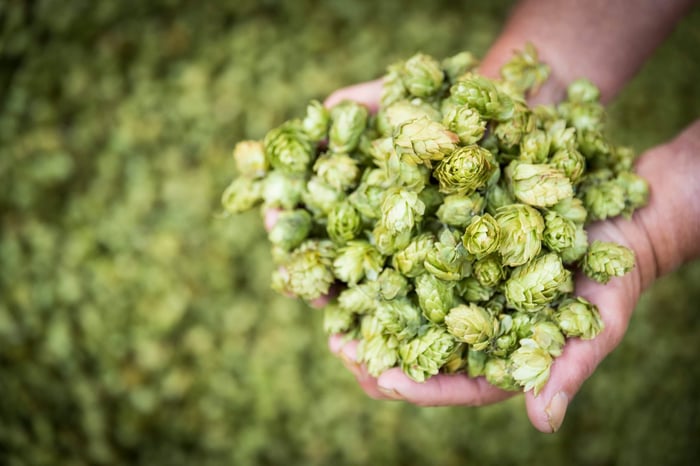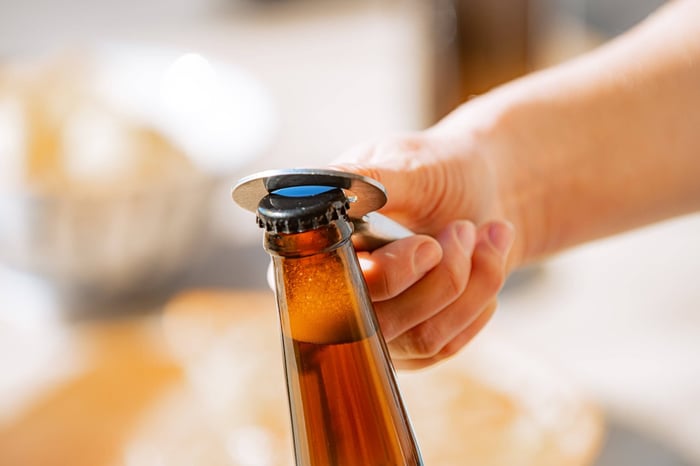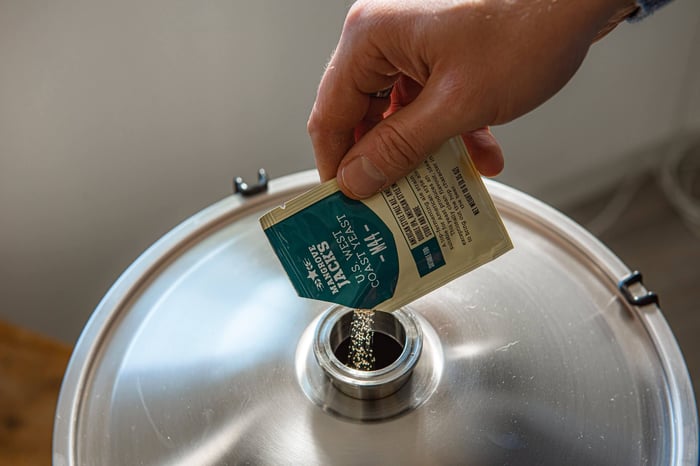With Australian summers getting longer and hotter, brewers are constantly searching for styles that deliver hop satisfaction without the heavy mouthfeel. Enter Cold IPA – a style that's been quietly winning over local brewers from Perth to Brisbane.
Understanding Cold IPA: Beyond the Confusing Name
First up, let's address the obvious – "Cold IPA" is possibly the worst beer style name in modern brewing history. It tells you absolutely nothing about the beer, the process, or what to expect. There's nothing particularly cold about brewing it, and it barely fits traditional IPA parameters either.
What we're actually dealing with is a sophisticated hybrid approach. The foundation is pilsner malt, supplemented with substantial amounts of adjuncts – typically 30-40% rice or maize. This combination immediately brings IPL (India Pale Lager) to mind, and the comparison is entirely valid.
The crucial distinction lies in execution. Many IPLs struggle with identity issues – they're either lagers that have been heavily hopped or IPAs fermented with lager yeast, creating an uncomfortable middle ground that never quite satisfies either camp. Cold IPA appears to have resolved this balancing act.
Australian Hop Considerations
Leveraging Local Advantages
Australian brewers have unique advantages when crafting Cold IPA, particularly regarding hop selection. The style requires a hop profile that bridges West Coast IPA assertiveness with NEIPA approachability – our local varieties excel in this application.
Target 40-70 IBU total, structured as follows: 25-55 IBU from boil and whirlpool additions, with biotransformation during dry hopping contributing the remaining 15 IBU. This approach maximises hop expression while maintaining the crucial crisp character.
Australian Heroes: Galaxy works magnificently in Cold IPA applications, providing tropical fruit characteristics that enhance biotransformation. Vic Secret offers excellent citrus and pine notes for structure, while Enigma brings complexity without overwhelming the clean finish.
Smart Sourcing: Australian hops for whirlpool and dry hop additions make economic sense, complemented by carefully selected international varieties where specific flavour profiles are required.
Fermentation Strategy: The Hybrid Solution
Here's where Cold IPA gets interesting from a technical perspective: most examples utilise Fermentis 34/70 lager yeast, but not through traditional lager fermentation protocols.
Rather than cold fermentation, we're operating at 19°C (66°F) – similar to hybrid styles like California Common or Kölsch. This temperature range promotes biotransformation during dry hopping phases, encouraging tropical and stone fruit development that works beautifully with Australian hop varieties.
Practical Experience: After multiple batches using 34/70, we've observed that pushing this yeast beyond its comfort zone can produce inconsistent results. Alternative approaches using California Common or Kölsch strains often deliver more reliable outcomes while maintaining the desired clean profile.
Brewing Process Breakdown
Grain Bill Architecture
Premium pilsner malt forms your foundation – choose quality Australian or imported base malt for clean flavour development. Incorporate flaked rice at 25-35% of total grain bill (rice typically provides superior mouthfeel compared to maize in this application).
Compensate for the light grain character through adjusted water chemistry – slightly increased mineral content supports overall structure. Consider mashing 1-2°C higher than standard to enhance body retention.
Hop Scheduling Strategy:
- Boil additions: Minimal quantities for basic structure
- Whirlpool at 80°C: Primary aroma development and moderate bittering
- Dry hop: Heavy application post-fermentation for biotransformation
Technical Specifications and Quality Targets
Process Parameters:
- Original Gravity: 1.048-1.062
- Final Gravity: 1.006-1.010
- Alcohol Content: 5.2-6.8%
- Bitterness Units: 40-70 IBU
- Colour: 4-8 EBC
Sensory Expectations:
Your finished beer should present prominent hop aromatics dominated by tropical and citrus characteristics. Mouthfeel remains light and refreshing, with adequate body to support hop intensity. Bitterness provides structural support without overwhelming the clean, crisp finish that defines this style.
The Australian Context
Climate Considerations
Cold IPA works exceptionally well in Australian conditions. Our extended warm seasons create demand for refreshing beer styles that don't sacrifice flavour complexity. This style delivers hop satisfaction while maintaining the drinkability that hot weather demands.
Market Positioning:
- Seasonal offering for warmer months
- Bridge beer for lager-preferring consumers
- Platform for showcasing premium hop varieties
- Session-strength alternative to high-alcohol IPAs
Common Challenges and Solutions
Problem: Inconsistent Fermentation with 34/70 - Solution: Maintain strict temperature control, ensure adequate pitch rates, or consider hybrid ale strains for more predictable results.
Problem: Thin Mouthfeel - Solution: Increase mash temperature, adjust adjunct ratios, or modify water chemistry for enhanced body.
Problem: Insufficient Hop Character - Solution: Focus biotransformation through proper dry hop timing and yeast selection rather than increasing hop quantities.
Problem: Harsh Bitterness - Solution: Reduce boil hop additions, emphasise whirlpool and dry hop contributions instead.
Regional Variations Worth Exploring
Tropical Australian: Galaxy and Vic Secret combination for maximum tropical impact
Citrus Forward: Enigma and Citra blend for bright citrus character
Pine and Tropical: Centennial and Galaxy marriage for complexity
Stone Fruit Focus: Apricot and peach character through careful hop selection and fermentation management
Quality Control and Consistency
Successful Cold IPA brewing requires attention to process consistency more than exotic ingredients or complicated techniques. Temperature control, timing precision, and ingredient quality make the difference between good and exceptional results.
Australian brewers have access to world-class ingredients – premium base malts, exceptional local hops, and reliable yeast strains. Success comes from understanding how these components interact rather than complex manipulations.
Ready to have a crack at brewing one? Check out our Cold IPA recipe – we've sorted all the measurements and timing to make your first batch as straightforward as possible.
Shop Grainfather brewing equipment for your Cold IPA adventure – because having the right kit makes all the difference when you're chasing perfection in a pint.
Grainfather Team










